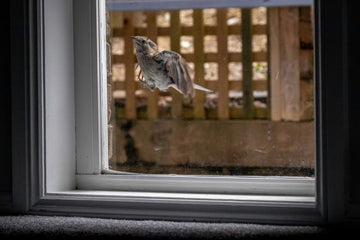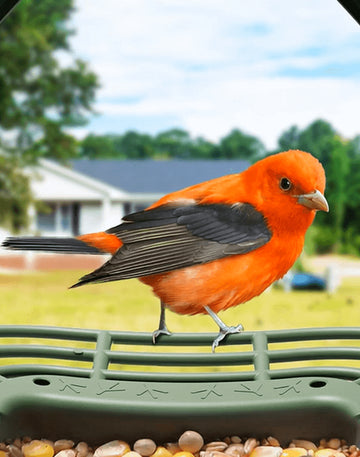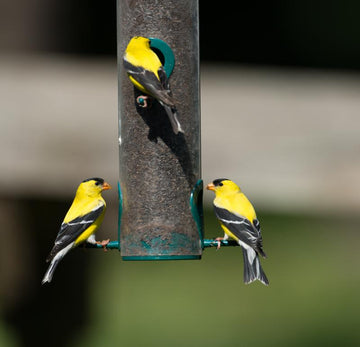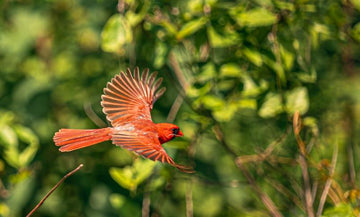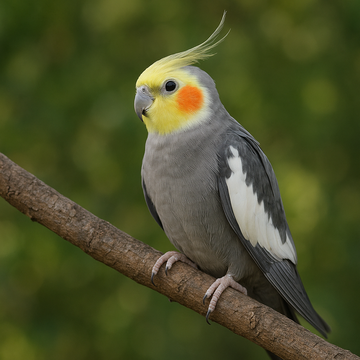Do Birds Molt? Understanding the Bird Molting Behavior
Have you ever noticed your backyard birds looking a little scruffy at certain times of the year? That’s because birds molt, a natural process of shedding and replacing old feathers with new ones. In this article, we’ll explore why birds molt, how the process works, when it happens, and what you can do to help the birds in your yard during this period.
What Is Molting?
Molting is how birds replace their old, worn-out feathers with new ones. Feathers get damaged by the sun, wind, and the normal wearing out. Since feathers are made of keratin, the same as our hair and nails, they can't repair themselves. Therefore, birds lose old feathers and grow new ones to maintain good health.
Depending on the bird, this may take weeks or even months. Some birds only lose a few feathers at a time while others almost completely change their feathers all at once.
Why Do Birds Molt?
Have you ever thought about the reason for birds' feather shedding? The process of molting is involved and it is very necessary for birds.
Firstly, molting is a method of maintaining birds' flight capabilities. If a bird's feathers are in very poor condition, then its flying ability will be greatly affected. By the process of shedding, they could be sure that their wings are in great condition for flying.
In addition, molting works like an air conditioning system birds can depend on. The feathers act like the taken off to and fro coat. When the new feathers come in, they provide the bird with extra warmth during winter and when it's summer, they help the bird stay cool.

Most birds will replace their feathers at the time when they need to attract a mate. The new feathers can be very striking and give more light to the bird's skin, thus helping the bird get noticed and find a mate.
Moreover, molting is a period when birds are able to rejuvenate and keep themselves clean. Feathers that have outlived their usefulness may be harboring creepy-crawly insects or other undesirable things. Shedding the feathers cleans out the birds and that means they will not be bothered by any undesirable things.
To sum it up, molting is like a total body makeover for birds. They get rid of old feathers, get new ones, and in the process, they fly well, stay warm or cool, look good, and health maintenance done. Thus, they remain fit and ready for any challenge!
How Often Do Birds Molt?
Most birds shed their feathers once or twice a year. The number of times a bird molts depends on the species, their geographical location, and their migratory behavior.
For example, most songbirds molt on a yearly basis, and in most cases, it occurs in late summer after the breeding season.
Ducks and geese lose all of their flight feathers at the same time which means they can’t fly for a while.

A bird in an equatorial region will molt throughout the year because the climatic conditions of the region do not change over the year.
If you have backyard birds you will see them looking a bit scruffy and out of sorts, but it is perfectly normal and a part of their normal feather molting cycle.
When Is Molting Season?
Birds usually molt after they're done raising their young but before they head off for migration. It's all about timing! Changing out feathers after breeding helps them get ready for those long flights or to get through tough winters in good shape.
In North America, you'll probably see molting happening from July to September. If they don't migrate, they might do it later in the year.

How to Help Birds During Molting Season
Molting is tough for birds, like going through a major makeover but feeling worn out the whole time. They really use up energy and need to feel safe while getting new feathers. If you want to help your backyard birds during this time, here is some simple advice:
Offer Nutritious Food
Think of protein as a bird's feather-building fuel. When they're molting, they require a ton of it. Put out things like mealworms – these are a super source of protein. Suet, sunflower seeds, and nuts are also good choices. Keep these foods stocked, and you're pretty helpful and can help birds grow new feathers better.
Keep Fresh Water Available
Birds need water. Not just to drink, but they also use it to keep clean. Bathing helps them take good care of their feathers by getting rid of mites. A simple birdbath that's not too deep and has water is excellent. Be sure to change it out so it remains fresh.

Provide Shelter and Safe Spots
Think of bushes and trees as a bird's security blanket. These can help molting birds feel safe from bad weather or hawks looking for a midday snack while they rest. If you have a bird feeder, one with a roof could work.
A Beginner’s Guide for Backyard Bird Watching>>
FAQs About Bird Molting
Can birds still fly when they're molting?
Yep, most can, although they might look a bit clumsy or slower than usual. But some birds, like ducks and some parrots, can't fly at all for a short time.
Do all birds molt at the same time of year?
Nope, it all depends on the kind of bird and where they live. Some molt once a year, others twice, and birds in warmer places might be molting all the time.
Does molting hurt birds?
Not really, but those new feathers coming in can be sensitive. Birds might be a little grumpy or just want to rest and clean themselves more.
Should I move or touch a molting bird?
It's best to leave them alone. Make sure they have food and water close by, but don't try to pick them up. Getting stressed can make molting take even longer.
Search
Popular Posts
Recent Posts
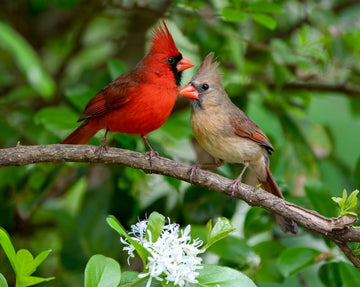
August 21, 2025
Top 12 Common Birds You Can Spot with a Bird Feeder Camera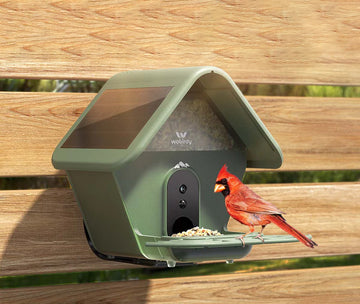
August 21, 2025
Smart Bird Feeder Buying Guide: Features That Really Matter

